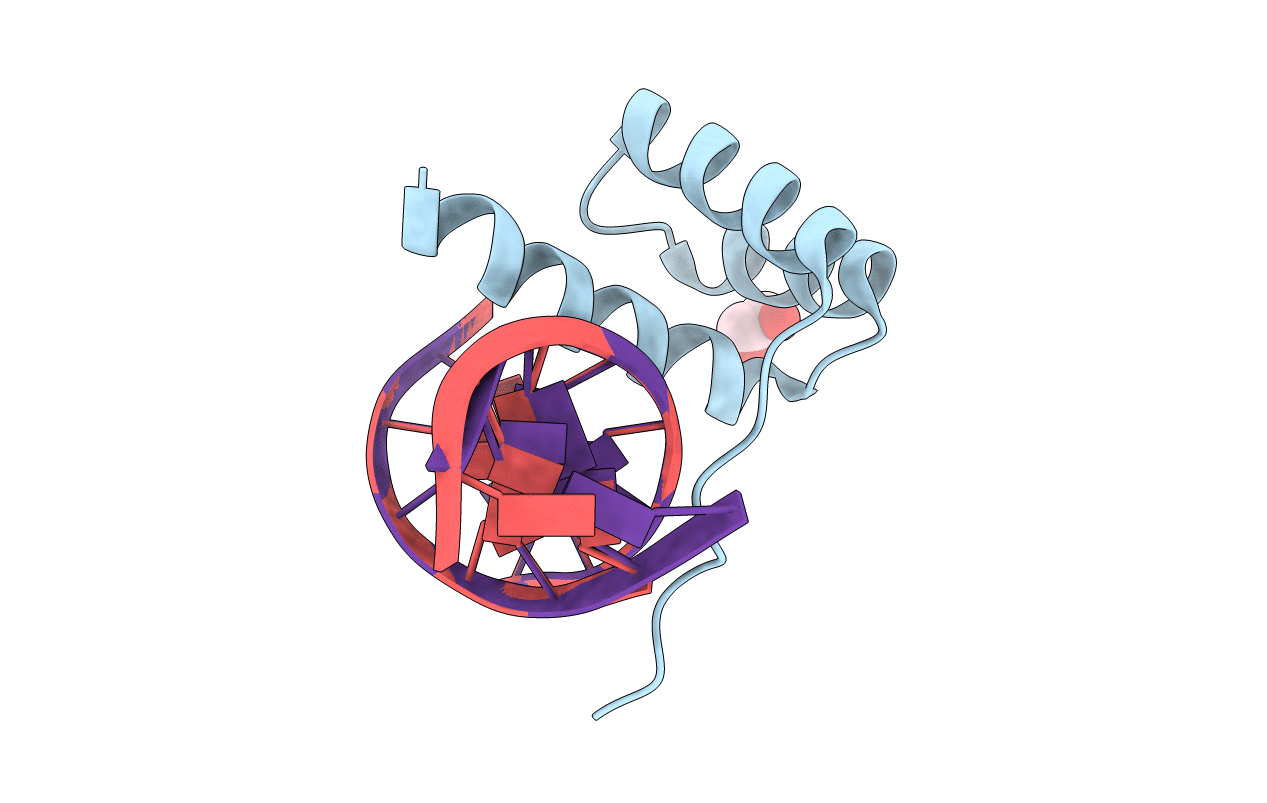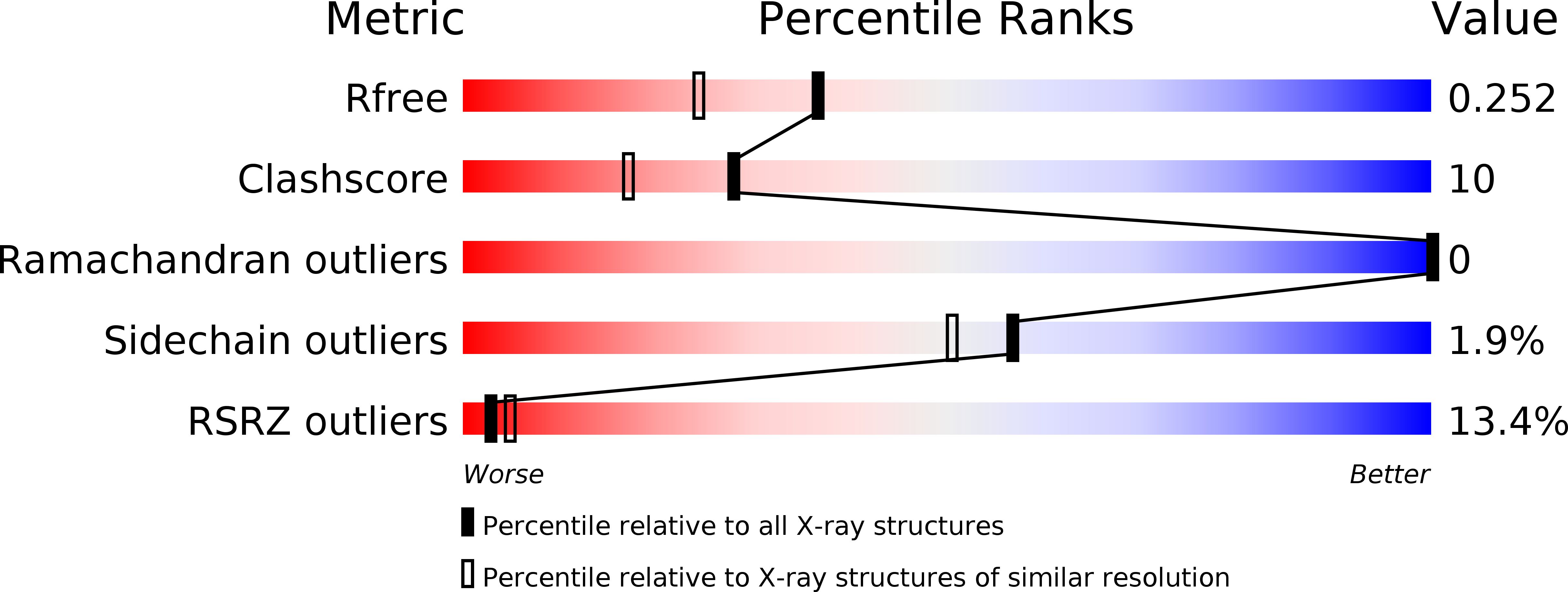
Deposition Date
2008-03-24
Release Date
2009-02-17
Last Version Date
2024-04-03
Entry Detail
PDB ID:
3CMY
Keywords:
Title:
Structure of a homeodomain in complex with DNA
Biological Source:
Source Organism:
Homo sapiens (Taxon ID: 9606)
Host Organism:
Method Details:
Experimental Method:
Resolution:
1.95 Å
R-Value Free:
0.21
R-Value Work:
0.17
R-Value Observed:
0.17
Space Group:
C 2 2 21


